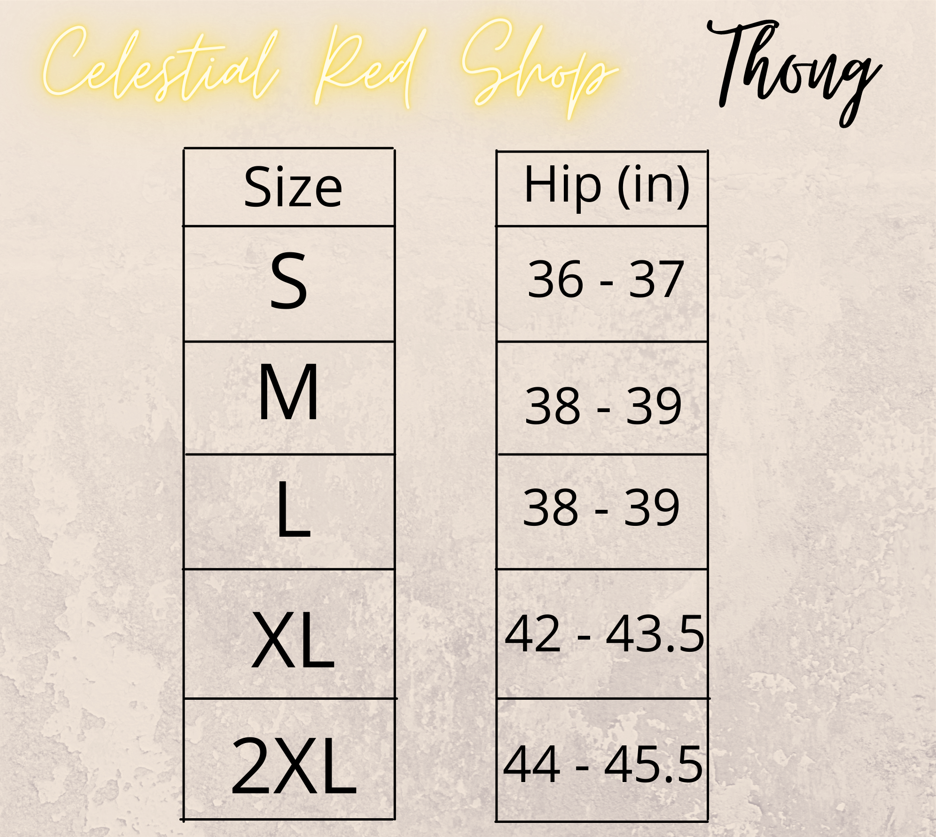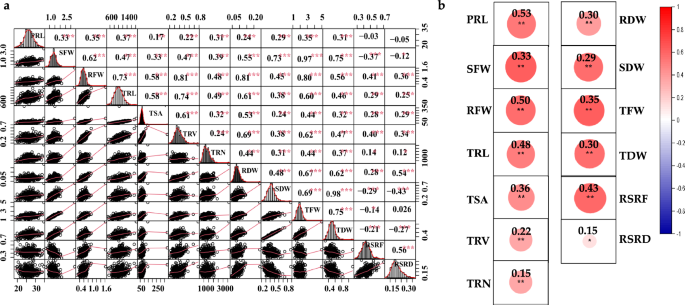
Integrating genome-wide association study with transcriptomic data to predict candidate genes influencing Brassica napus root and biomass-related traits under low phosphorus conditions, Biotechnology for Biofuels and Bioproducts
Background Rapeseed (Brassica napus L.) is an essential source of edible oil and livestock feed, as well as a promising source of biofuel. Breeding crops with an ideal root system architecture (RSA) for high phosphorus use efficiency (PUE) is an effective way to reduce the use of phosphate fertilizers. However, the genetic mechanisms that underpin PUE in rapeseed remain elusive. To address this, we conducted a genome-wide association study (GWAS) in 327 rapeseed accessions to elucidate the genetic variability of 13 root and biomass traits under low phosphorus (LP; 0.01 mM P +). Furthermore, RNA-sequencing was performed in root among high/low phosphorus efficient groups (HP1/LP1) and high/low phosphorus stress tolerance groups (HP2/LP2) at two-time points under control and P-stress conditions. Results Significant variations were observed in all measured traits, with heritabilities ranging from 0.47 to 0.72, and significant correlations were found between most of the traits. There were 39 significant trait–SNP associations and 31 suggestive associations, which integrated into 11 valid quantitative trait loci (QTL) clusters, explaining 4.24–24.43% of the phenotypic variance observed. In total, RNA-seq identified 692, 1076, 648, and 934 differentially expressed genes (DEGs) specific to HP1/LP1 and HP2/LP2 under P-stress and control conditions, respectively, while 761 and 860 DEGs common for HP1/LP1 and HP2/LP2 under both conditions. An integrated approach of GWAS, weighted co-expression network, and differential expression analysis identified 12 genes associated with root growth and development under LP stress. In this study, six genes (BnaA04g23490D, BnaA09g08440D, BnaA09g04320D, BnaA09g04350D, BnaA09g04930D, BnaA09g09290D) that showed differential expression were identified as promising candidate genes for the target traits. Conclusion 11 QTL clusters and 12 candidate genes associated with root and development under LP stress were identified in this study. Our study's phenotypic and genetic information may be exploited for genetic improvement of root traits to increase PUE in rapeseed.

Integrating genome-wide association study with transcriptomic data to predict candidate genes influencing Brassica napus root and biomass-related traits under low phosphorus conditions, Biotechnology for Biofuels and Bioproducts

NEWSLETTER 12, June 2022 - GCIRC

Unlocking the secrets of our genes: Best practices in genome-wide association studies
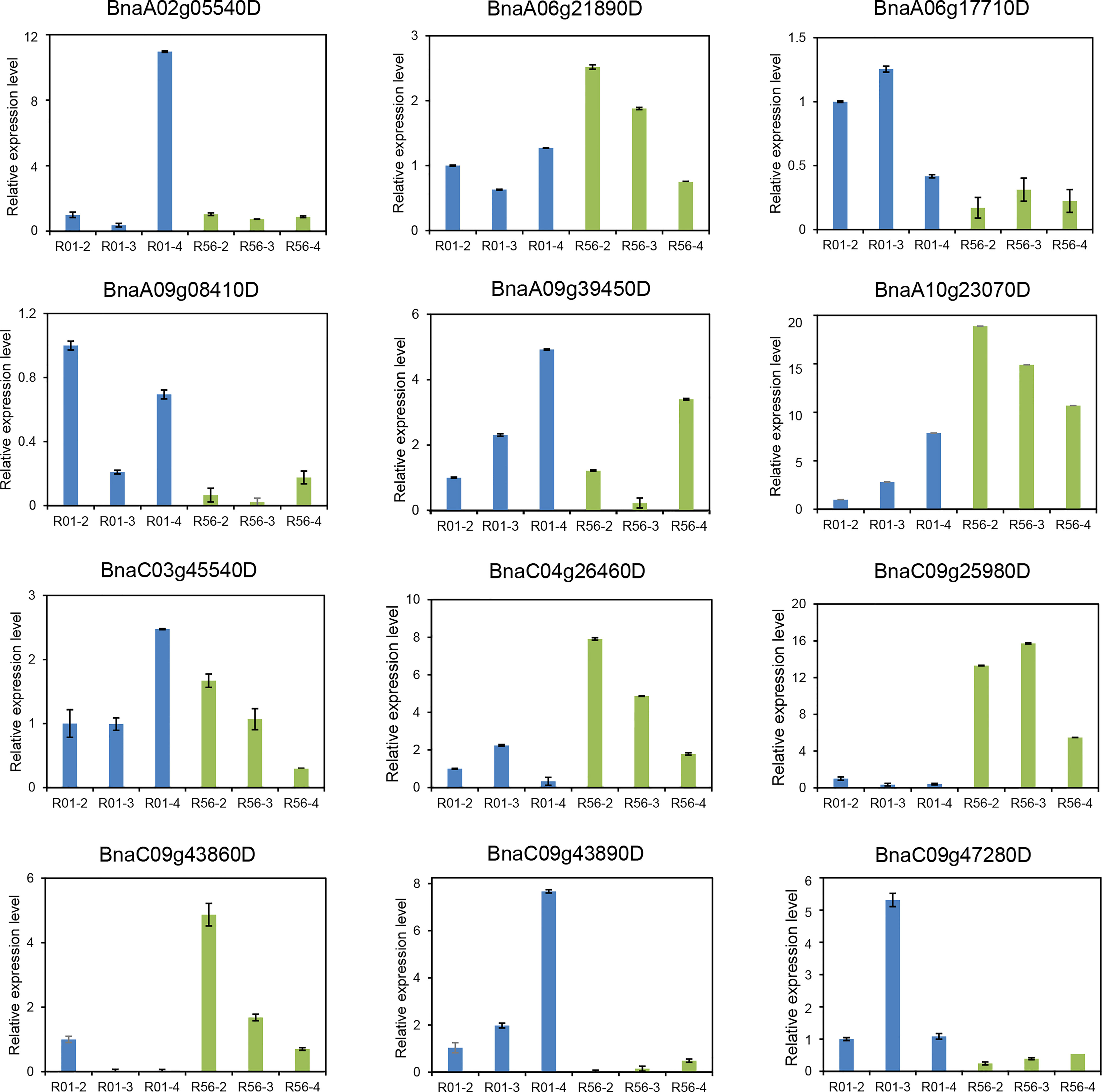
Frontiers Integrated multi-locus genome-wide association studies and transcriptome analysis for seed yield and yield-related traits in Brassica napus
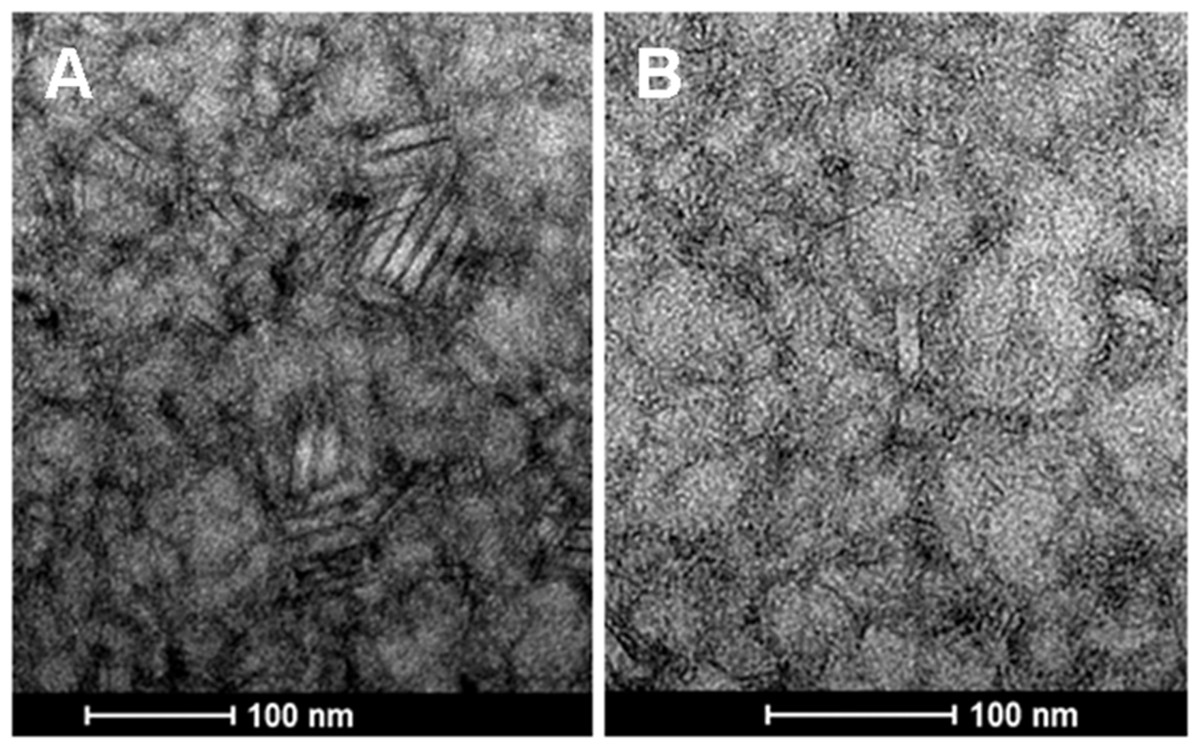
Characterization of the first vaginal Lactobacillus crispatus genomes isolated in Brazil [PeerJ]
Transcriptomic, proteomic, metabolomic, and functional genomic approaches of Brassica napus L. during salt stress

PDF) Genetic Dissection of Mature Root Characteristics by Genome-Wide Association Studies in Rapeseed (Brassica napus L.)
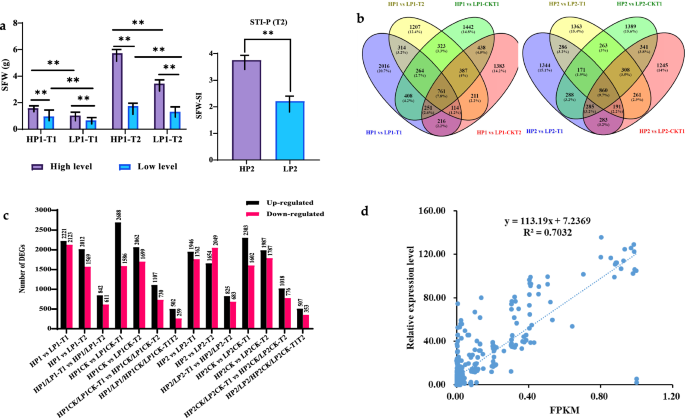
Integrating genome-wide association study with transcriptomic data to predict candidate genes influencing Brassica napus root and biomass-related traits under low phosphorus conditions, Biotechnology for Biofuels and Bioproducts
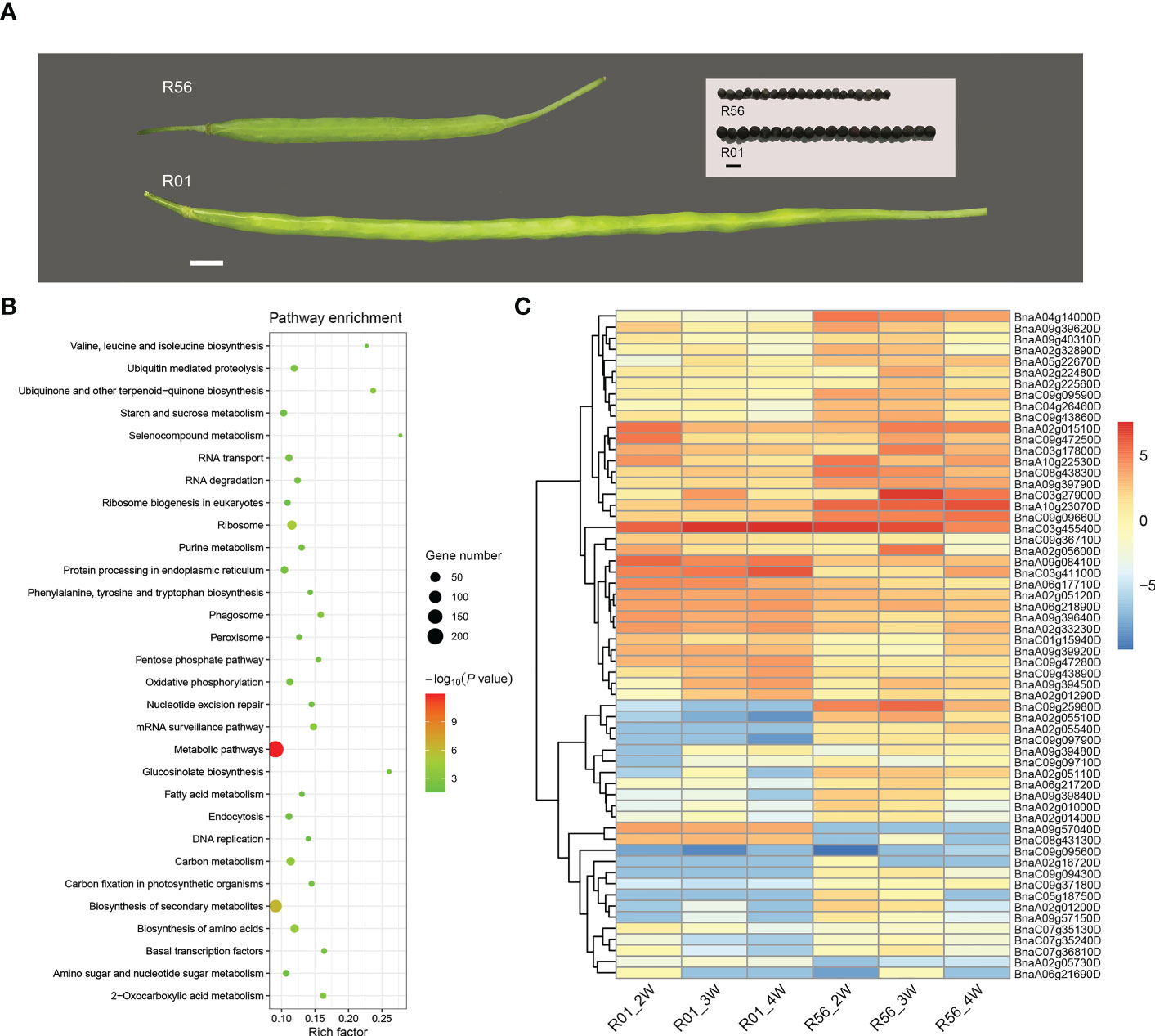
Frontiers Integrated multi-locus genome-wide association studies and transcriptome analysis for seed yield and yield-related traits in Brassica napus
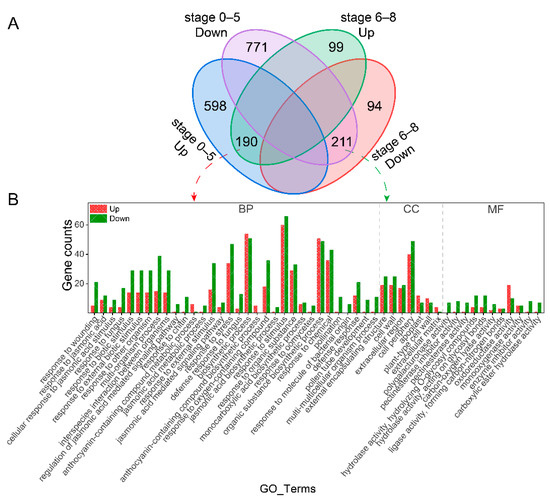
Plants, Free Full-Text

Agronomy, Free Full-Text

PHA Bioplastics, Biochemicals, and Energy from Crops - Somleva - 2013 - Plant Biotechnology Journal - Wiley Online Library




